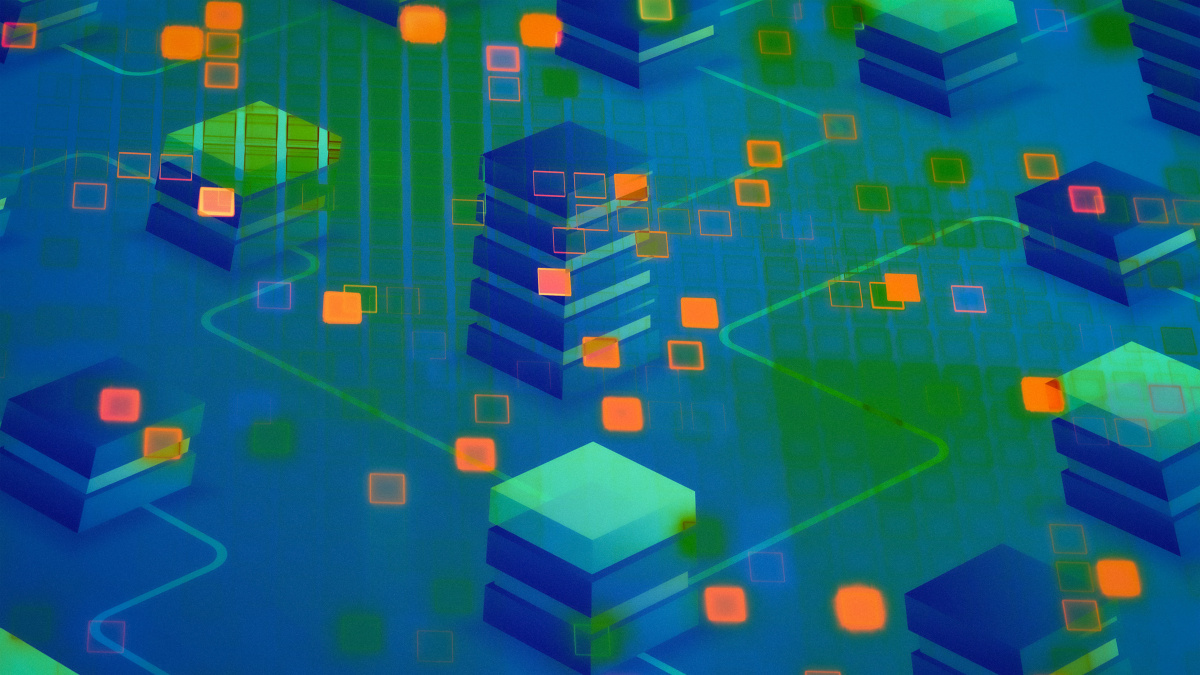
Description
A great deal of enthusiasm, in both AI and in brain and cognitive sciences, is focused on building large neural network models. This team is pursuing an alternate scaling route for AI systems and for NI models, based on inference in probabilistic programs. Their AI-facing goal is to show that end-to-end explainable AI systems built using probabilistic programming can match and exceed the speed, robustness, and flexibility of human intelligence, using 100x-1,000x less computation than deep learning. Their NI-facing goal is to leverage new techniques for neural mapping of probabilistic programs to build and test these AI systems as computational models of perception and cognition.The AI-facing goals both draw on and contribute to an open-source platform:
- ChiSight: Real-time 3D-scene perception that learns to perceive new objects and scenes on one GPU in real time, aiming to be more robust than transformers trained offline using 1,000+ GPU-hours.
- ChiExpertise: Trustworthy conversational AI that gives grounded, auditable answers, and aims to be more accurate than GPT4 in data-driven domains, using models built and fine-tuned on one GPU.
- OpenGen: The first probabilistic programming stack aiming to be as widely adoptable as TensorFlow v1.
The group is collaborating with the Embodied Intelligence, Developing Intelligence, and Language Missions to test ChiSight and ChiExpertise as models of NI, as well as enabling adoption of the OpenGen platform more broadly across MIT labs.
Accomplishments include:
- A 3D-scene perception system that is more robust than deep learning and that provided one of just two “bases of confidence” for a new DARPA program in Assured Autonomy
- The first generalization of automatic differentiation that correctly estimates gradients of the expected values of probabilistic processes, receiving a SIGPLAN Distinguished Paper Award
- OpenGen was used to build the first whole-brain probabilistic models linking neural activity and behavior in C. elegans, in press at the journal Cell.
-
 Principal Research Scientist, Department of Brain and Cognitive Sciences
Principal Research Scientist, Department of Brain and Cognitive Sciences -
 Director of Science, MIT Quest for IntelligenceProfessor, Department of Brain and Cognitive SciencesComputer Science and Artificial Intelligence Laboratory
Director of Science, MIT Quest for IntelligenceProfessor, Department of Brain and Cognitive SciencesComputer Science and Artificial Intelligence Laboratory- Computational Cognition
- Machine Learning
- AI Explainability
-
 Professor, Department of Electrical Engineering and Computer ScienceMissions
Professor, Department of Electrical Engineering and Computer ScienceMissions -
 Director of Research, MIT Quest for IntelligencePanasonic Professor, Department of Electrical Engineering and Computer ScienceComputer Science and Artificial Intelligence Laboratory
Director of Research, MIT Quest for IntelligencePanasonic Professor, Department of Electrical Engineering and Computer ScienceComputer Science and Artificial Intelligence Laboratory- AI Robotics
- Machine Learning
- Computer Vision
Missions -
 Director, MIT Quest Systems EngineeringProfessor, Department of Aeronautics and AstronauticsComputer Science and Artificial Intelligence Laboratory
Director, MIT Quest Systems EngineeringProfessor, Department of Aeronautics and AstronauticsComputer Science and Artificial Intelligence Laboratory- Machine Learning
- Efficient AI
- AI Robotics
MissionsProjects -
 Associate Professor, Department of Electrical Engineering and Computer ScienceComputer Science and Artificial Intelligence Laboratory
Associate Professor, Department of Electrical Engineering and Computer ScienceComputer Science and Artificial Intelligence Laboratory- Natural Language Processing
- Machine Learning
Missions -
 John and Dorothy Wilson Professor, Department of Brain & Cognitive SciencesAssociate Department Head, Department of Brain and Cognitive SciencesMacVicar Faculty FellowProjects
John and Dorothy Wilson Professor, Department of Brain & Cognitive SciencesAssociate Department Head, Department of Brain and Cognitive SciencesMacVicar Faculty FellowProjects -
 Associate Professor of Neuroscience, Department of Brain and Cognitive SciencesMissions
Associate Professor of Neuroscience, Department of Brain and Cognitive SciencesMissions -
 Director, MIT Quest for IntelligencePeter de Florez Professor, Department of Brain and Cognitive SciencesInvestigator, McGovern Institute for Brain Research
Director, MIT Quest for IntelligencePeter de Florez Professor, Department of Brain and Cognitive SciencesInvestigator, McGovern Institute for Brain Research- Computational Neuroscience
- Machine Learning
- Computer Vision
MissionsProjects
